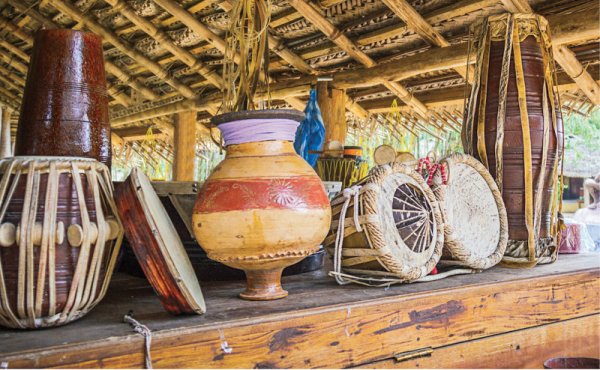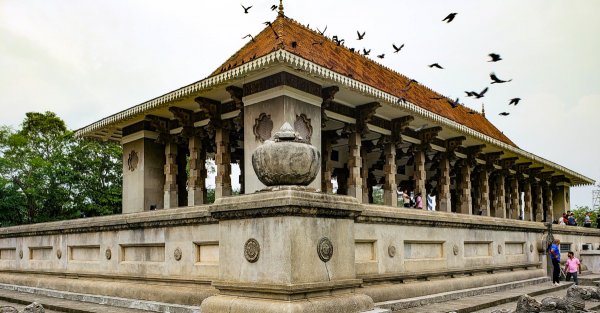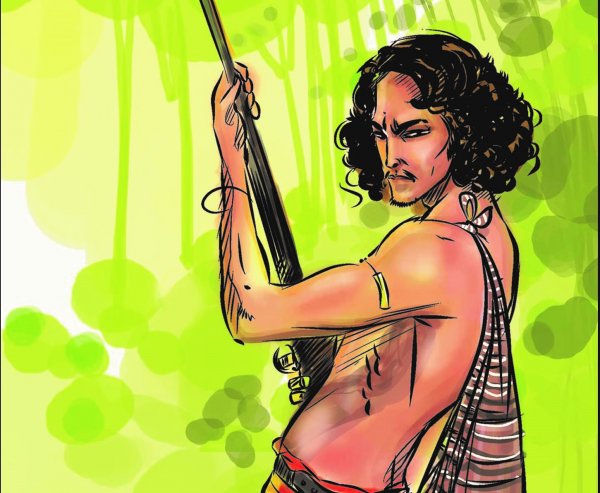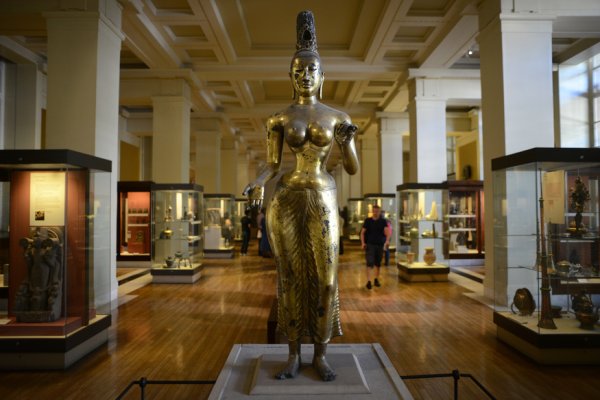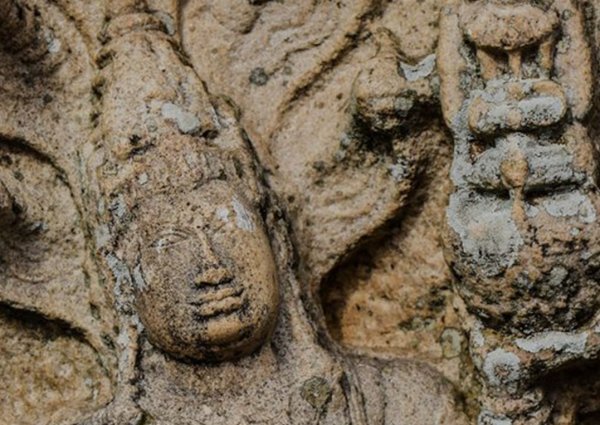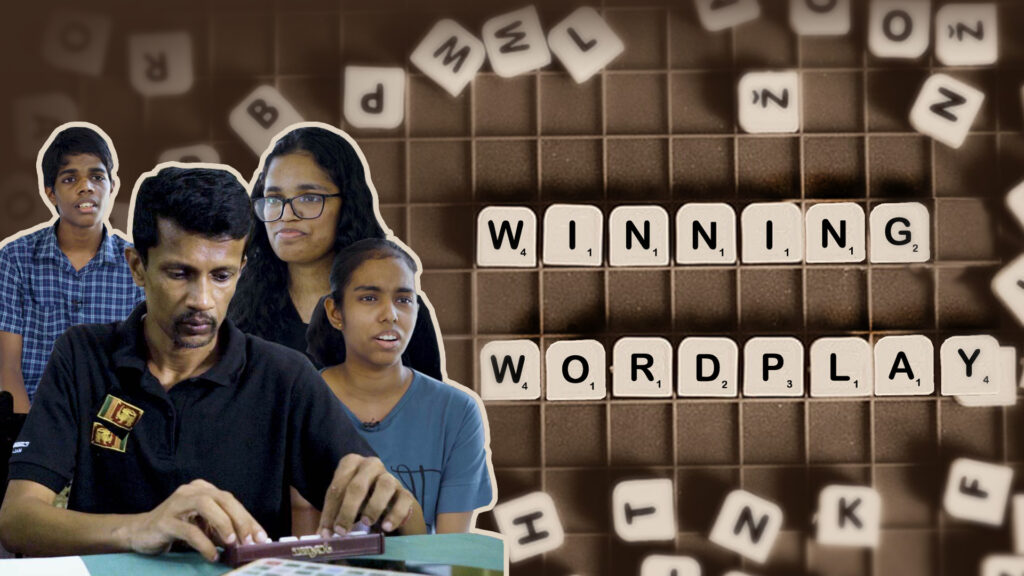
Education in Sri Lanka is said to have begun in the 3rd century BC, when the Sanskrit language came to the island with the establishment of Buddhism at the hands of Arhanthà Mahinda Thera, during the reign of King Devanampiyatissa. By the 6th century BC, monasteries and temples became the educational centres in Sri Lanka, but this changed when the Portuguese conquered the maritime regions with the purpose of commandeering trade routes and spreading Roman Catholicism. The Portuguese established many missionary schools, gaining a foothold in the fishing communities—both Sinhalese and Tamil. When the Portuguese were expelled in 1640, the Dutch took over, banning Roman Catholicism and establishing a Christian—specifically Calvinist—primary school system in the island. But it was only after the British took over in 1802 that formal primary and secondary education was actualized with the establishment of a number of schools by British missionaries.
The first school established by the British in Sri Lanka was ‘The Galle School’, now known as Richmond College, in Galle. The school was established by the Wesleyan Methodist Mission in 1814 and is today a national school, funded by the government. ‘The Galle School’ was also the first Methodist school in Asia. This was followed by the Methodist Central College in Batticaloa, also in 1814. Numerous schools began to burgeon across the island in the following years, but a large number of them were based in Jaffna, in the Northern Province, where British and American missionaries set up base with the intention of converting the local population to Christianity. In fact, the American Board of Commissioners for Foreign Mission, at its Annual General Meeting in Boston in 1834, said the Jaffna schools excelled over all others set up abroad.
Here is a list of some of the oldest missionary-established schools in Jaffna:
- Union College
Union College in Tellippalai is one of the oldest schools established by missionaries in the Jaffna district. It was initially known as the Common Free School, and was founded by Reverend Daniel Poor in 1816 with the intention of spreading the Christian message in the community. In 1818, the school was converted to a family boarding school, and in 1825, the boarding school was converted into a preparatory school. In 1869, a new school called the Chellappah English School was founded on the same premises, but the school was taken over by the American Ceylon Mission (ACM) in 1901 and renamed the American Mission English School. In 1939 the two schools amalgamated as the Tellippalai Union High School. In 1940 the name was changed to Union College.
- Jaffna Central College
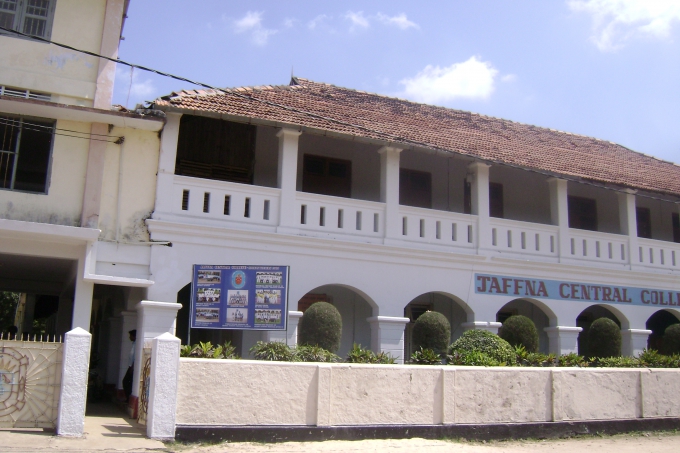
Jaffna Central College, established in 1817. Image courtesy mapio.net
The Jaffna Central College was originally named the Jaffna Wesleyan English School and was established in October 1817 by the Wesleyan Methodist Mission, North Ceylon—an entity specifically established to cater to the Tamil speaking Ceylonese in Jaffna, Trincomalee and Batticaloa. Reverend James Lynch was its first principal. The school was originally situated opposite the Jaffna esplanade but moved to its current location in Vembadi in 1825. The school was renamed Jaffna Central School in 1834 by then principal Reverend Dr. Peter Percival and is today a non-fee levying national school.
- St. John’s College
St. John’s College was originally named the Nallur English Seminary and was established in 1823 by the Church Mission Society (CMS) of the Anglican Church. Reverend Joseph Knight was the first Principal of the school, that had only seven students at its inception. In 1845 the school was moved to Chundikuli and renamed the Chundikuli Seminary, but was later renamed St. John’s College in 1891. St. John’s College is today a private, non-fee levying school.
- Jaffna College
Jaffna College was initially the Batticotta Seminary and was established in Vaddukoddai in 1823 by the American Ceylon Mission (ACM). The seminary’s mission was to convert the community to Christianity, but failed as most families retained their Hindu faith. The seminary subsequently closed in 1855. In 1871, alumni of the Batticotta Seminary and other local Christians led a campaign to re-open the seminary and in 1871 Jaffna College was opened on the former seminary site.
- Uduvil Girls’ College
Uduvil Girls’ College was initially named the Missionary Seminary and Female Central School. It was established in 1824 by the American Ceylon Mission (ACM). It was situated in an abandoned Franciscan mission built by the Portuguese and was turned it into an all-girls boarding school by a missionary named Harriet Winslow. The Missionary Seminary and Female Central School was Asia’s first all-girls boarding school.
- Vembadi Girls’ High School
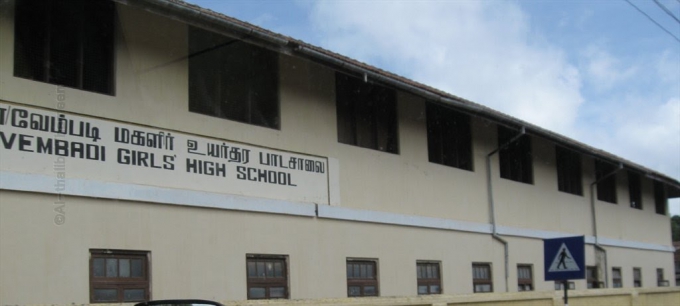
Vembadi Girls’ High School, established in 1834. Image courtesy mapio.net
The Vembadi Girls’ High School was founded in 1834 by the Wesleyan Methodist Mission, North Ceylon. It was originally part of the Jaffna Wesleyan English School—which later became the Jaffna Central College—but was renamed the Vembadi Girls’ High School in 1897. It was founded by Reverend James Lynch who also established the Jaffna Central College in 1817. The Vembadi Girls’ High School is today national, non-fee levying school.
- Hartley College
Hartley College, originally named the Wesleyan Mission Central School, is named after Wesleyan priest and missionary Reverend Hartley. It was established in Point Pedro in 1838 by the Wesleyan Methodist Mission, North Ceylon. The school was renamed Christ Church School in 1912 and became Hartley College in 1916. Hartley College was taken over by the government in 1960 and is today a national school.
- Holy Family Convent
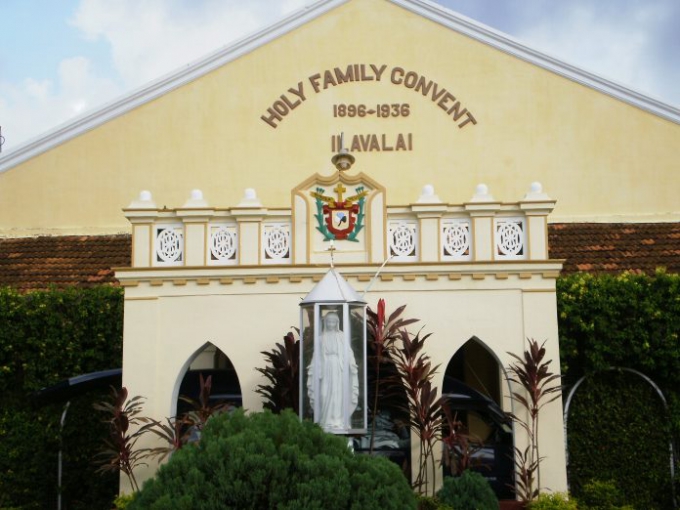
Holy Family Convent, Jaffna, established 1845. Image courtesy info.shalanka.com
The Holy Family Convent was established in 1845 in Vembadi by Bishop Bettaccini with the aim of providing English education to the girls of Jaffna. The school was initially managed by a Mrs Mary Anne O’Flanagan, wife of an Irish military officer, but was taken over by the sisters of the Holy Family in 1962 and became the first convent school in the island. Holy Family Convent, Jaffna is today a national school, with a student body of about 2, 000.
- St. Patrick’s College
St. Patrick’s College was established by Bishop Bettaccini, an Italian Roman Catholic missionary in Gurunagar in 1850. It was originally named the Jaffna Catholic English School, but was later named the Jaffna Boys’ Seminary. The school was renamed St. Patrick’s College in 1881. St. Patrick’s College is today a private, non-fee levying school.
- Chundikuli Girls’ College
The Chundikuli Girls’ College was established in Chundikuli by the Church Mission Society (CMS) of the Anglican Church in 1896. It was initially managed by Mrs. Mary Carter, followed by Miss Annie Hopfengarten, who was succeeded by Miss Amy Goodchild. In 1936, the school moved to its present location, also in Chundikuli. In 1945, when the free education system was introduced by C. W. W. Kannangara, Chundikuli Girls’ College chose to remain outside the system, and as such is today a private, fee-levying school.
The last school on this list, is *not* a school established by British or American missionaries, but is instead a school established in reaction to the missionaries’ work in the Northern Province. We thought it would be interesting to add a note about the Jaffna Hindu College, whose origins are different to all the others listed here!
- Jaffna Hindu College
Jaffna Hindu College was founded by a Hindu, who wanted an English-language school alternative to the Christian schools in Jaffna. It was established as The Native Town High School by Williams Nevins Muthukumaru Sithamparapillai in 1886. By 1889, however, the school was unable to sustain itself and was taken over by S. Nagalingam and was relocated to Vananarponnai, where it was renamed the Nagalingam Town High School. In 1890, the school moved once more to a location nearby in Vananarponnai, and was renamed the Hindu High School. It was formally recognized by the government as the Jaffna Hindu College in 1980.
Cover: An ancient map of Jaffna. Image courtesy antiquemaps-fair.com

